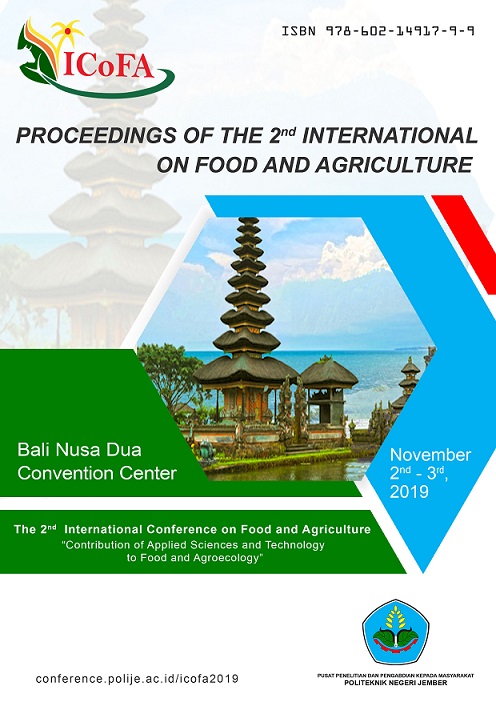RABBIT PRODUCTION VIS-À-VIS POVERTY ALLEVIATION AND FOOD SECURITY IN ASIA
Abstract
This paper aims to create awareness among the public about the importance of rabbit farming to meet food crisis in the future. Rabbits can be easily reared by small-scale farmers in their backyard with minimal investments for more income generation. Rabbits make use of forages of low nutritive value to produces highly nutritious meat and the faeces of the rabbits can be used as an alternative to inorganic fertilizer, this interaction between rabbits and soil makes rabbit farming suitable for integrated farming system. Waste of rabbits make excellent compost which in turn makes high quality organic fertilizer. The rabbit faeces were used in the manufacture of bio-digesters and the fertilizer value of the faeces aids to improve the environment by reducing methane emissions. Feeding and housing management of rabbits were not much complicated. Rabbit house can be made from locally available materials and the rabbits can be fed with household wastes and the forages and legumes that can be cultivated within the farmers own farm, that should meet the animals daily needs. Thus the construction and off farm feed costs will be reduced. This makes sure that the rabbit farming will be well accepted by small scale farmers to meet both their nutritious and financial requirements. The farmers can also expand their farm to a commercial level, if guidance, knowledge and technical supports were provided and this makes the market to flood with rabbit in the future which is the only way for food security and employment generation.References
REFERENCES:[1] ADB (1999). Fighting poverty in Asia and the Pacific: The poverty reduction strategy. Asian
Development Bank, Manila.
Bondoc, O. L., Penalba, F. F. and Arboleda, C. R. (1986). Small scale rabbit production in the
Philippines. Animal Production Technology (Philippines). Volume 2, Number 2: 23-26. [3] Cheeke, P.R. (1986). Potentials of rabbit production in tropical and subtropical agricultural
systems. Journal of Animal Sciences, 63, 1581-1586.
FAO (2001). FAO recognizes the increasingly important role of rabbit breeding: Globalrabbit production exceeds 1 million tons. Press released 01/57, FAO, Rome, Italy. http://www.fao.org/waicent/ois/press_ne/presseng/2001/pren0157.htm.
Lebas, F. and Colin M. (1992). World rabbit production and research: situation in 1992. In: Proc. 5th World Rabbit Congress, 1992 July, Corvallis, USA, Vol. A, 29-54.
Lukefahr, S.D. (2007). Strategies for the development of small- and medium-scale rabbit farming in South-East Asia. Livestock Research for Rural Development, 19 (138). http://www.cipav.org.co/lrrd/lrrd19/9/luke19138.htm.
Lukefahr S.D. and Cheeke P.R. (1991). Rabbit project development strategies in subsistence farming systems. World Animal Review, 6, 60-70. http://www.fao.org/docrep/U5700T/u5700T0d.htm.
Nistor, E., Bampidis, V., Pacala, N., Pentea, M., Tozer, J., Prundeanu, H. (2013). Nutrient content of rabbit meat as compared to chicken, beef and pork meat. Journal of Animal Production Advances, 3, 172-176.
Samkol P. and Lukefahr S.D. (2008). A challenging role for organic rabbit production towards poverty alleviation in South East Asia. 9th World Rabbit Congress, June 10-13,2008, Verona, Italy,1479-14.

